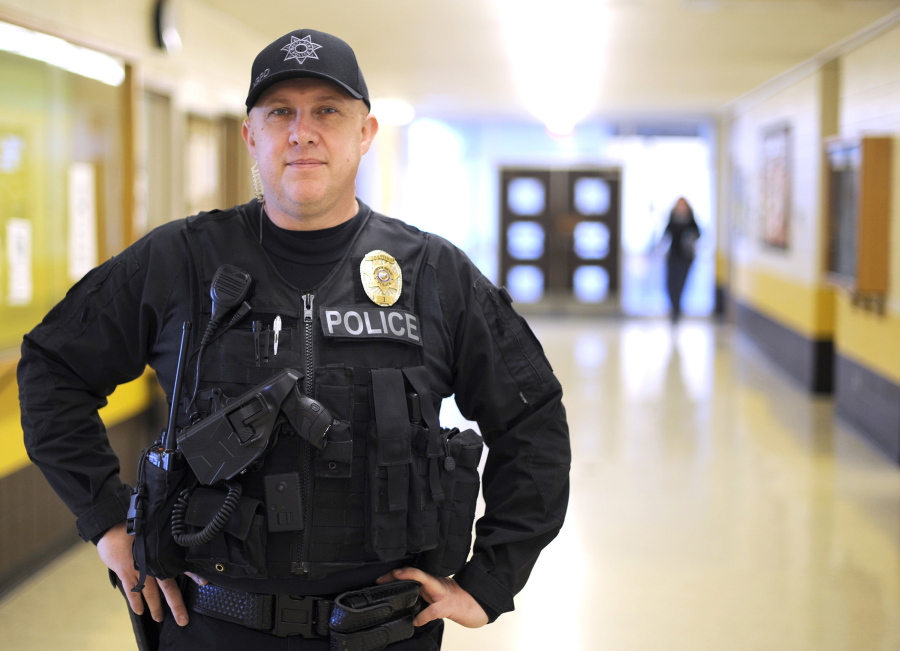NORTH BEND, Ore. — The North Bend Police Department has adopted a new program to help juvenile offenders, one that also gives power back to the victims.
Chief Robert Kappelman first heard of “restorative justice” when he was still working for his old department in Wisconsin, where troubled youth had no place to go. The juvenile detention center had closed, so his department was forced to find an alternative method, and “rightly so, because locking kids up is not the best way to change future behavior and we know that,” Kappelman said.
It was then that Kappelman heard about restorative justice, which is based on a model that gives victims more of a say in how their case is handled and personalizes the crime to the offender, The World reported.
“What we hear over and over again from victims of crime is they are concerned less about how much jail time offenders get or how long they are put away, but that the person understand the impact of how they harmed them as the victim,” Kappelman said.
Though Kappelman knew about the program and believed in it, he didn’t agree to incorporate it locally until the Neighbor to Neighbor program asked him to.
“Neighbor to Neighbor was already doing victim offender mediation post adjudication in the court system, and found great value in victims and offenders meeting together with trained mediators to facilitate a discussion about the impact of the offense and how they can make it right,” Kappelman said. “When they asked me to use it in my department, it was an easy sell.”
Not only does it give power back to victims, but it helps prevent kids from getting a criminal record. Often when youth get in trouble with the law, they don’t answer for it, or go to court, until six to eight months later.
“By that point, there is zero impact for their consequences,” Kappelman said. “If they found themselves in a pattern of criminal behavior by that point, they will have already committed other offenses. We need them to answer for their decisions sooner, and restorative justice does this.”
Not every juvenile delinquent gets into the program. Officers handling a case recognize a kid as a good candidate for it and then suggest that their case is handled this way. The officer with the most opportunities to refer youth to restorative justice is the school resource officer.
Information about the case is forwarded to Neighbor to Neighbor, with permission of all parties, which then makes contact with them to let them know how the process works. A series of meetings is set up, everyone gets into one room with a mediator, and they talk.
“If you ask offenders who’ve been through this what they would rather do, their answer is to go to court and face the judge,” Kappelman said. “Sitting in front of the person they harmed and listen to them talk about how they were hurt is much more personal, and has a much bigger impact.
“It changes future behavior to listen to someone talk about what was stolen, what it meant to them, instead of stamping them through the process just to have them spit out the other end.”
The North Bend Police Department had its first small sampling of juveniles go through the program last spring, and one kid wrote an apology letter to Kappelman at the end of it.
“I thought it was part of the mediation agreement,” Kappelman said, “but I found out the child wrote that on his own. That was impactful to me. After 25 years in the business, you often feel you haven’t made much impact. Reading that letter — it meant a lot.”
Kappelman sees the program being used more and more as officers get used to having it around, and plans to have a refresher discussion with the school resource officer to keep the program going.
“I think we’re going to use this a lot once we realize the benefits to it, and see how much it does,” Kappelman said.



